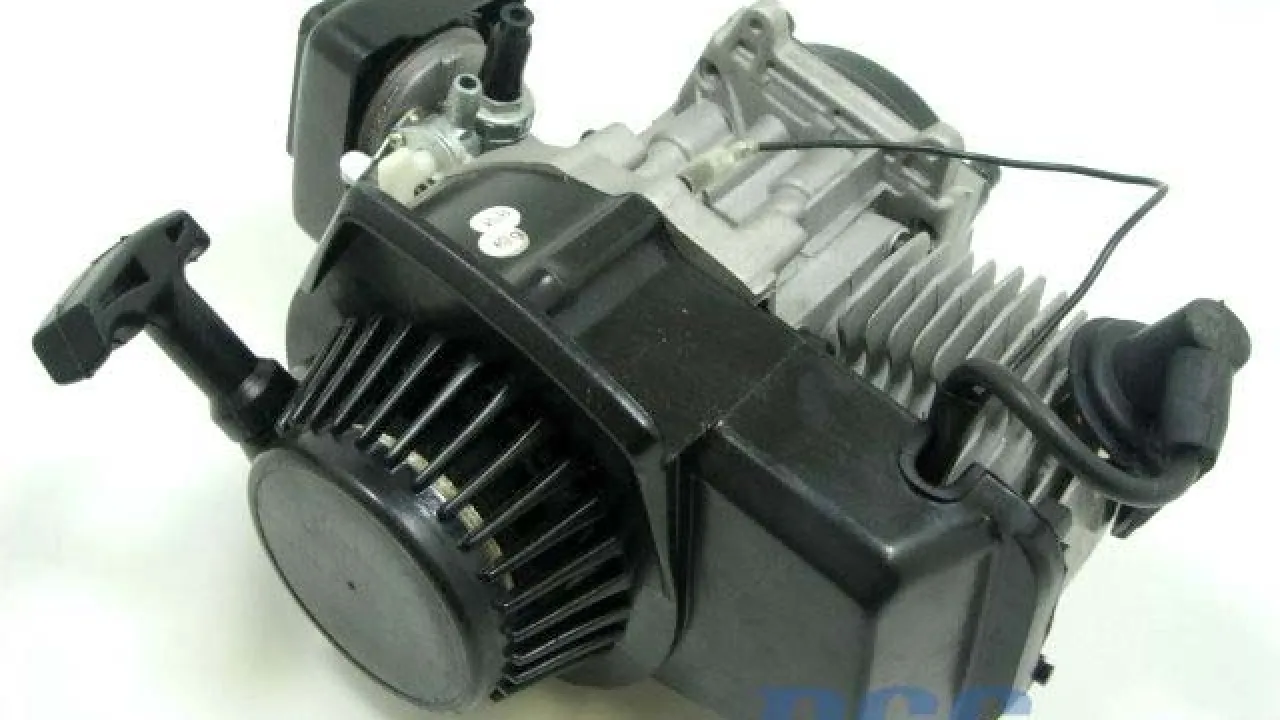Two-stroke engines are simpler and easier to manufacture than four-stroke engines. They can produce twice as much power and are used in many different applications. Two-stroke engines are commonly found in motorcycles, lawn mowers, chain saws, and electric trains. They are also commonly found in marine vessels.
A two-stroke engine is a simple piston-and-cylinder engine that uses air and fuel to power a piston. A sparkplug ignites the mixture and forces the piston to descend. The exhaust gas is forced out of the cylinder through a valve or bypass port. During the return stroke, the piston travels up again. As it does so, the air fuel mixture in the lower chamber is compressed and is forced out of the cylinder.
The primary advantage of two-stroke engines is their light weight and simple design. They also have fewer moving parts and do not need high amounts of lubrication. The two-stroke engine has lower operating costs and can be rebuilt in the morning before an afternoon ride. One disadvantage of a two-stroke engine is the exhaust, which is often smoky and contains unburned gas.
Direct injection is another significant advantage in two-stroke engines. In carburetted two-stroke engines, a large portion of fuel and air mixture goes unburned through the exhaust port, but with direct injection, this problem disappears. There are two types of direct injection: low-pressure air-assisted injection (LAI) and high-pressure direct injection. Direct injection does not require fuel to pass through the crankcase, and fuel does not require separate lubrication.
One of the most important components of a two-stroke engine is the combustion cylinder. This cylinder is located about 22.5 degrees after the last cylinder. The piston takes the force needed by the previous cylinder during combustion and then sends it through the exhaust chamber. A new helper mechanism exists in the two-stroke X-shape engine.
Two-stroke engines are less expensive to build than four-stroke engines. They are simpler to operate and use less fuel. They can operate at high compression ratios, which makes them more efficient. However, they do not produce the same amount of power as four-stroke engines. However, four-stroke engines are quieter and more fuel-efficient.
Another advantage of a two-stroke engine is that it can reverse direction. Unlike four-stroke engines, two-stroke engines can reverse direction without modification. Because of this, the crankshaft and piston must complete two revolutions in one cycle. These cycles can be reversed, but only if the crankshaft and piston are placed in the same direction.

